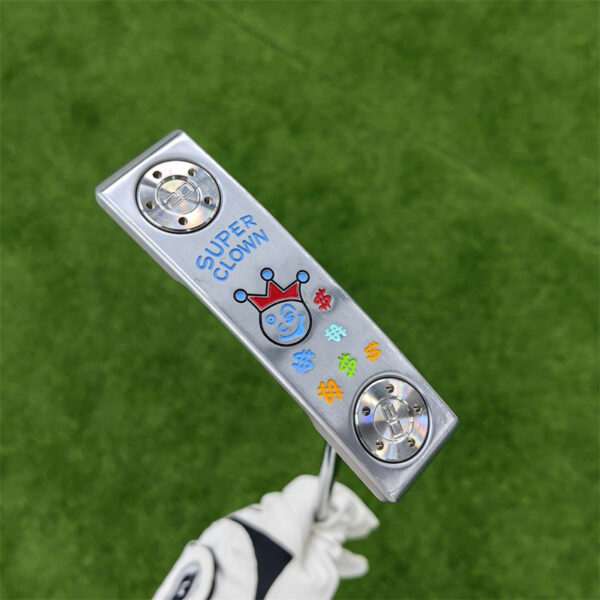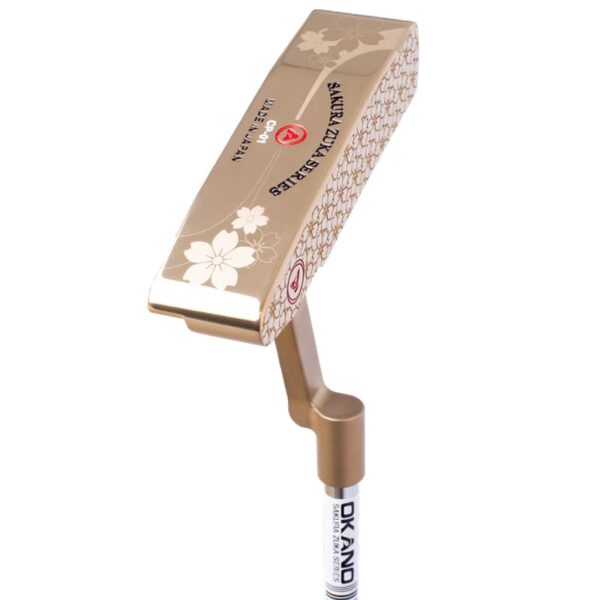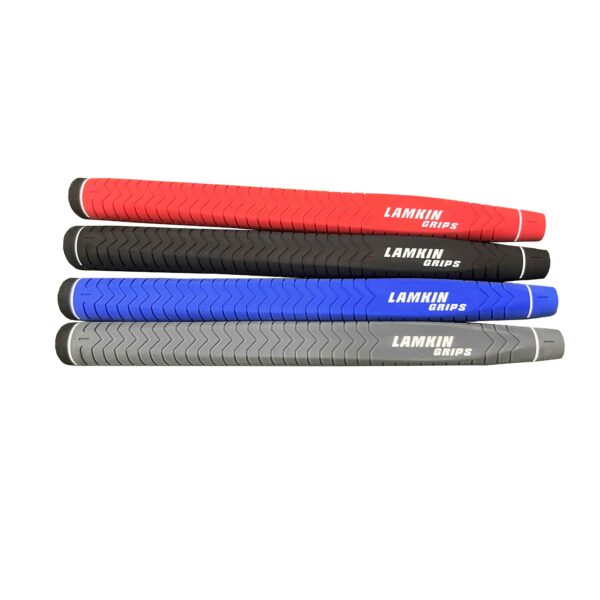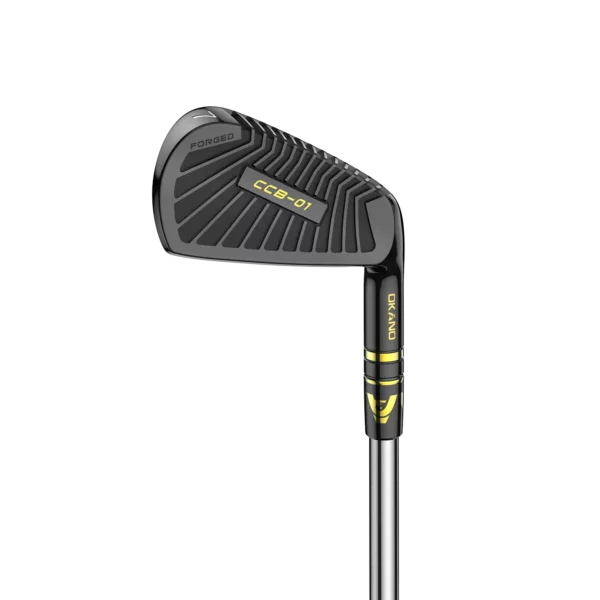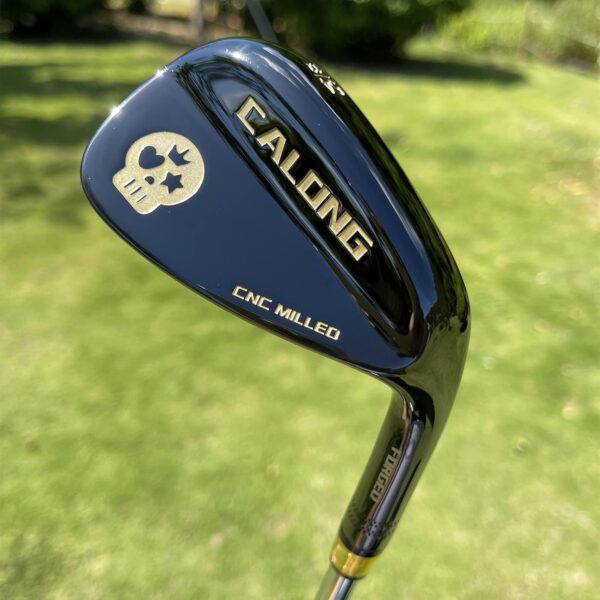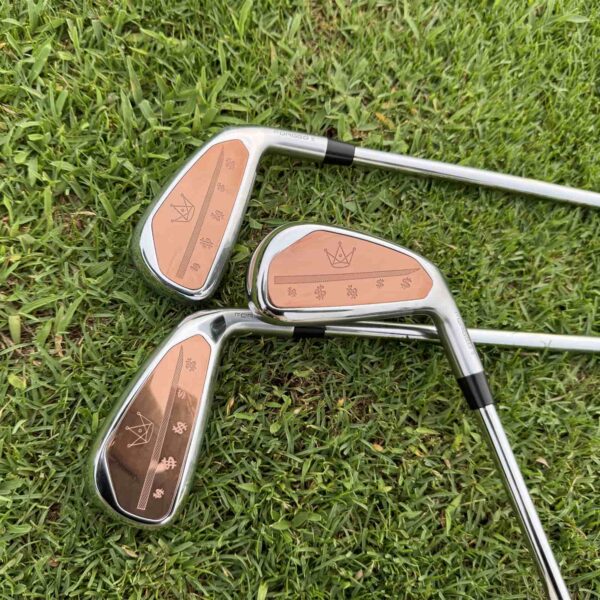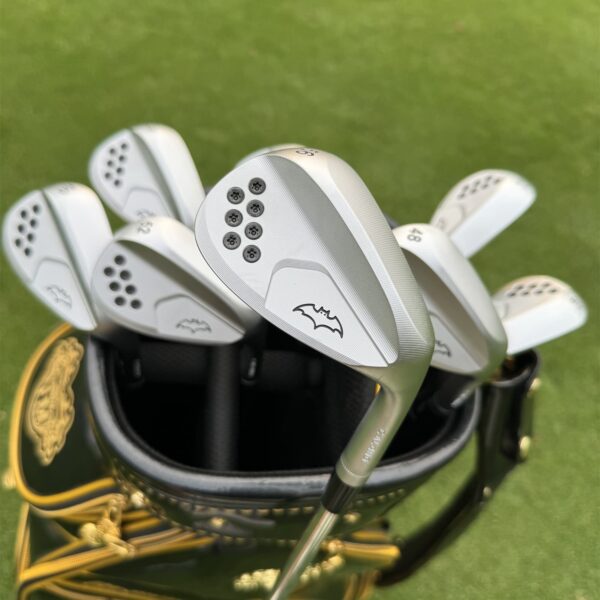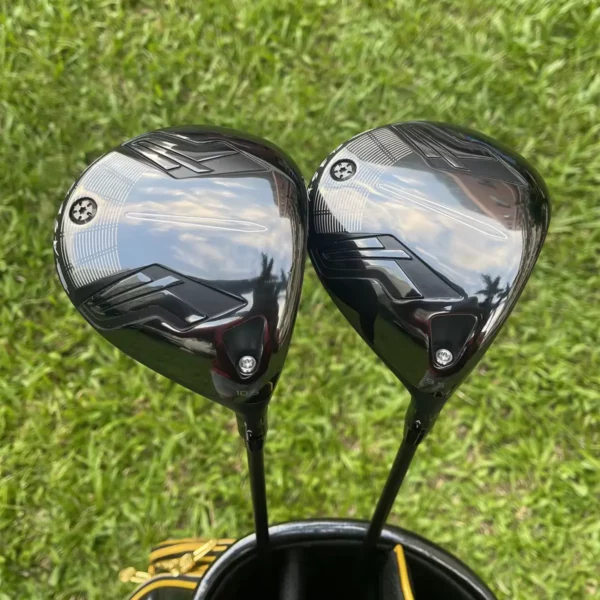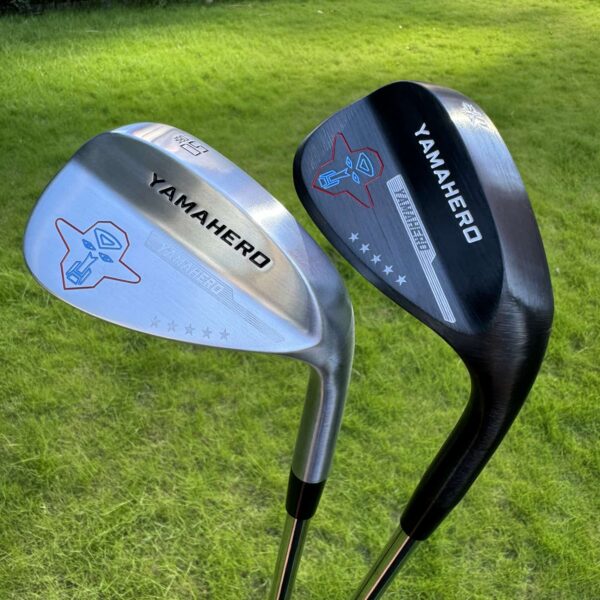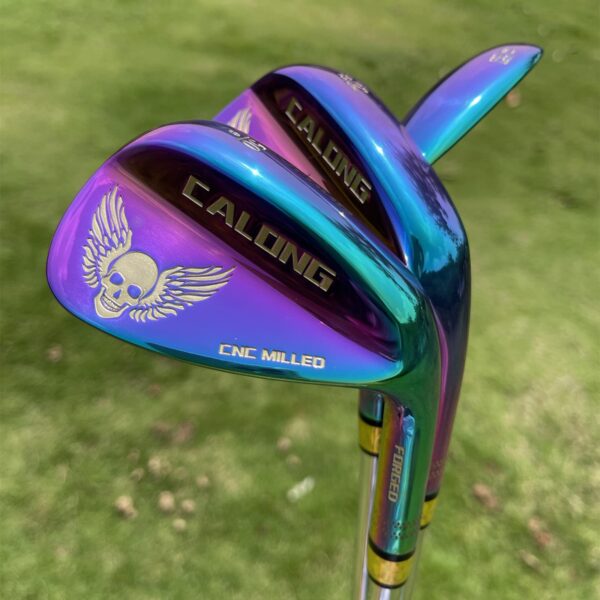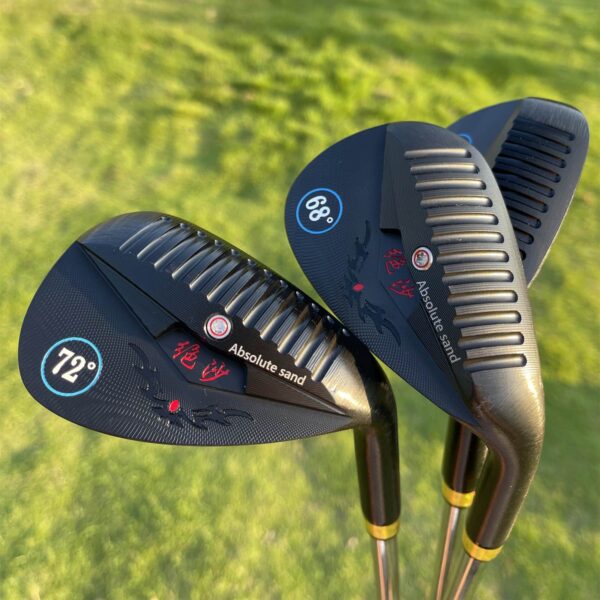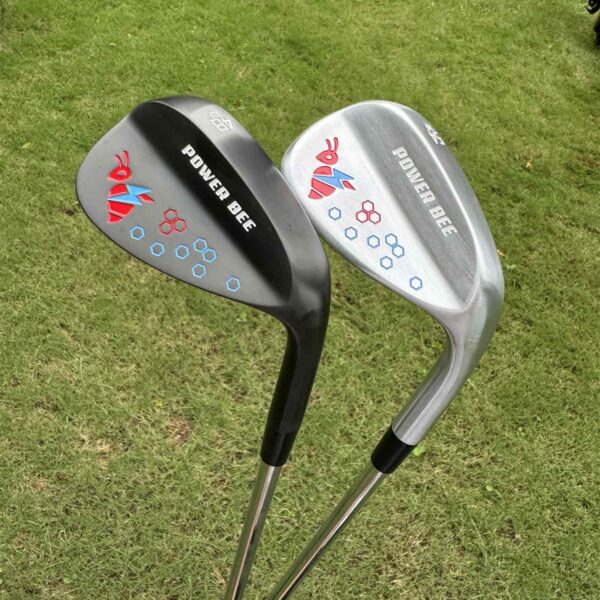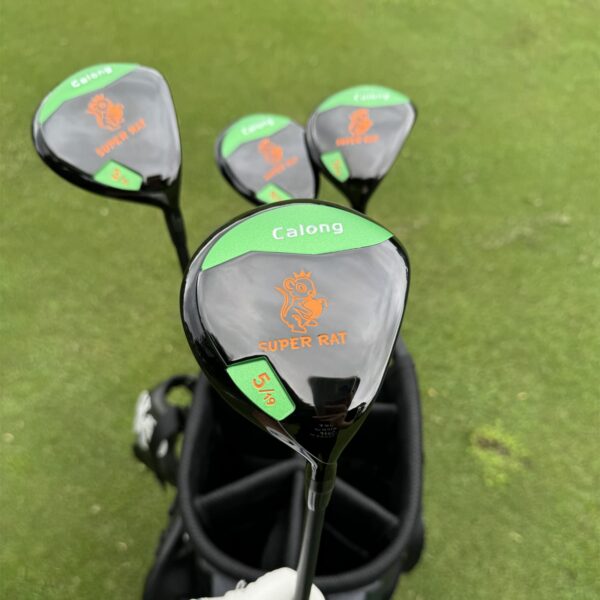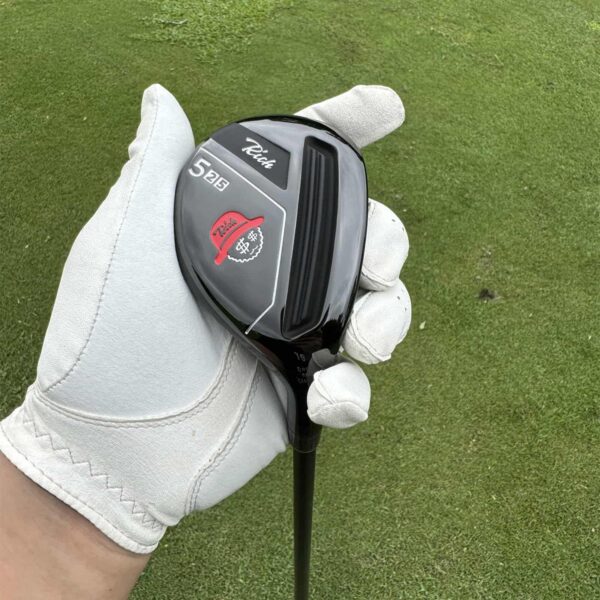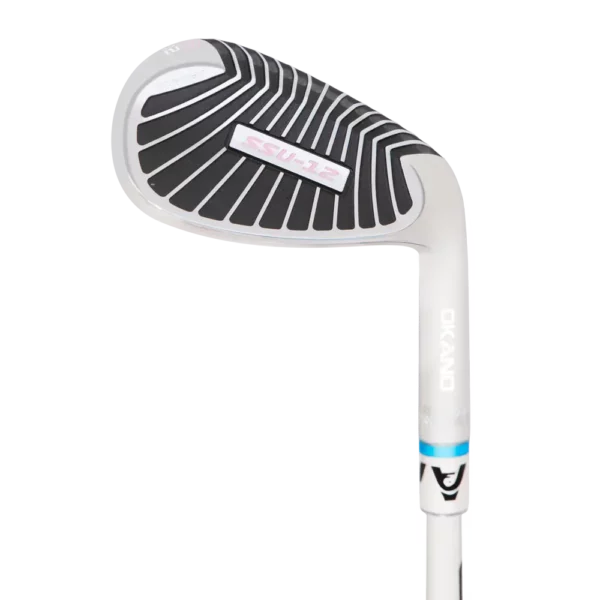What Should I Know About Golf Club Heads?
Golf club heads can be made from many materials. Zinc and Aluminum alloys are primarily used in beginners sets and putters. HST Aluminum is a much harder aluminum and is popular in very large drivers. 431 and 17-4ph stainless steel is commonly used in professional quality iron heads. You will also find 17-4 stainless steel in some wood heads. Maraging metal is a stainless steel put through a very special hardening process that makes it very very hard and is a popular material for the faceplates in the highest performing woods. Titanium is the most expensive material used in building golf clubs heads and combines light weight and excellent strength. Titanium is used today in the highest end woods manufactured. GolfofChina Golf carries a wide assortment of titanium woods.
Do not confuse Ti-Alloy with Titanium. Ti-Alloy products are Aluminum products with trace elements of Titanium that attempt to take advantage of the Titanium name. Ti-Alloy products are among the least expensive and are meant for beginners and junior golfers. Other materials include ceramics, graphite and plastics. We don’t see those much anymore, but they should begin to make a return in the next few years as manufacturing technologies improve.
To conclude our section on materials, we rank golf head materials as follows:Beginner woods:Aluminum, Titanium alloysGood woods:HST AluminumBetter woods:17-4ph stainless steel, 431 stainless steelBest woods:Titanium (usually in drivers only), maraging metal, bi-metal, tungsten insertBeginner irons:ZincBest irons:431 stainless steel, 17-4ph stainless steel, bi-metal, tungsten insertPutters:Material choices are immaterial. The shape, weighting and type of inserts generally override materials in your decision.
Golf heads are made in a variety of shapes. Key design principles are weight distribution (perimeter, low center of gravity, etc.), size (traditional, oversize, super-oversize) and styling (keel sole, deep face, wide body, etc.). There are not very many utility patents in this area, so most clubmakers can use most shapes that they desire without violating another company’s rights.
Golf heads come in a variety of weights. Here there are some important factors. To achieve the desired swing weight there is an important dynamic between the weight of a golf head, the length of the club and the weight of the grip and shaft. Don’t worry too much about it because every decent club maker uses golf club casting foundries that cast golf heads with the correct weights. It would be pretty rare to find a golf head maker that messes up in this area.
Generally, if a club is made from the same materials, using the same shapes, with the same weight distributions and overall weight, it should perform the same as another club similarly constructed. This is a key concept to understanding why golf club clones perform as well as the name brands — it is just molten metal shaped into a form. If the metal is the same and the shape similar, the result should compare very well.
The trick is that many companies and retail stores do not explain or know what their clubs are made from. For example, an Aluminum driver that looks just like a club made from stainless steel will be inferior to that club and vice versa. We will do our best to tell you the straight truth about products and what they are made from so you will be educated to judge quality for yourself. Look at a product on our web site and you will see specifications for materials, size and weight.
Golf Club Shafts
We have been in the golf business for many years and have bought shafts from every significant steel and graphite shaft maker. We find much greater quality differences in graphite shafts versus steel shafts, but the good news is that the quality of graphite has improved significantly over the past ten years. In fact the quality of graphite shafts and their affordability is much better than just two or three years ago. So, here are our short thoughts on shafts and why we use whom we do as suppliers.
In our opinion, the shaft is as important as the head of a golf club. In fact, we often find greater performance differences in using different graphite shafts with the same head than we do using different heads (provided the heads are made from the same materials) with the same shaft. Did that make any sense to you? Well, it’s the truth. So, the bottom line: shafts are very important.
For information on golf club lengths, see the next lesson, Custom Fitting Golf Clubs.
Should I Use Graphite or Steel Shafts?
Strongly consider using graphite shafts in your woods if:
- You are a woman
- You are a senior
- You are a baby boomer
- You have joint problems
- You want to play a longer driver
- You have pretty good swing speed tempo and are younger
- You are an average player who wants to play better
Strongly consider using graphite shafts in your irons if:
- You are a woman
- You are a senior
- You are a baby boomer
- You have joint problems
- You love having graphite shafts in your woods?
- You have a slower swing and want to add distance
So, what is the logic of our advice? Well, graphite shafts reduce the weight of your club (it is actually quite remarkable to feel the weight difference in an entire set of clubs made with steel versus graphite shafts) — this is good for all players, but especially women and seniors. Graphite shafts weigh from 50 grams to 85 grams, while steel shafts generally start at 120 grams. Graphite shafts reduce the shock at impact — this is good for women, seniors, aging baby boomers and those of us with joint problems. Graphite shafts allow for longer clubs — this is good for distance (but maybe not quite so good for control). Graphite shafts have greater construction alternatives so that they can be designed to affect the flight of the ball to a greater degree than steel shafts.
Who Makes GolfofChina’s Graphite Shafts?
There is a much greater quality difference between graphite shaft makers than steel shaft makers. Our graphite shaft manufacturer has been building graphite shafts for as long as we have been in business. Why take any risk here? We know that their graphite shafts won’t have any breakage problems, whipping torques or other quality issues. And, their performance is superb. Enough said. However, for those of you who like to experiment and have your own favorites, we offer a variety of custom shaft upgrades.
What About Stainless Steel Shafts?
We use FM Precision, True Temper and Apollo for our steel shafts. The reasons are simple. They all make superior shafts, are long recognized as industry leaders, have very compatible steel shafts with each other and are extremely reliable. These shafts manufacturers are used by virtually every golf club manufacturer in the world today.
Golf Club Grips
Grips are the least expensive yet one of the most important parts of a golf club. Our most important advice is — change your golf grips often. Grips tend to oxidize, harden, get slick, and lose their grip over time. It is a two edged sword — the grips with the best grip are usually the grips that lose their grip the fastest.
So, we have taken a position that attempts to cut it both ways. We buy the highest quality grips that have a greater than normal longevity, but not the absolute highest grip factor. This way, if you don’t re-grip when you are supposed to at least you will have good grips. But, we do recommend re-gripping often — it will have a positive effect on your game. It’s just like changing the oil in your car. Only every six months or 3,000 rounds. We also allow you to select from an excellent variety of custom upgrades for your grips.

 Japan Okano CP-01 Putter $519.99
Japan Okano CP-01 Putter $519.99
 Okano CCB-01 Irons set $1,699.99
Okano CCB-01 Irons set $1,699.99

 Calong BAT Forged Wedges $99.99
Calong BAT Forged Wedges $99.99
 Calong ASED Driver $199.99
Calong ASED Driver $199.99 Yamahero Cowboy Wedge $99.99
Yamahero Cowboy Wedge $99.99


 Okano CCB-01 Irons set $1,699.99
Okano CCB-01 Irons set $1,699.99

 Calong Super Rat Fairway Woods $129.99
Calong Super Rat Fairway Woods $129.99

 Okano SSU-12 Women Wedges $299.99
Okano SSU-12 Women Wedges $299.99



 Clubs
Clubs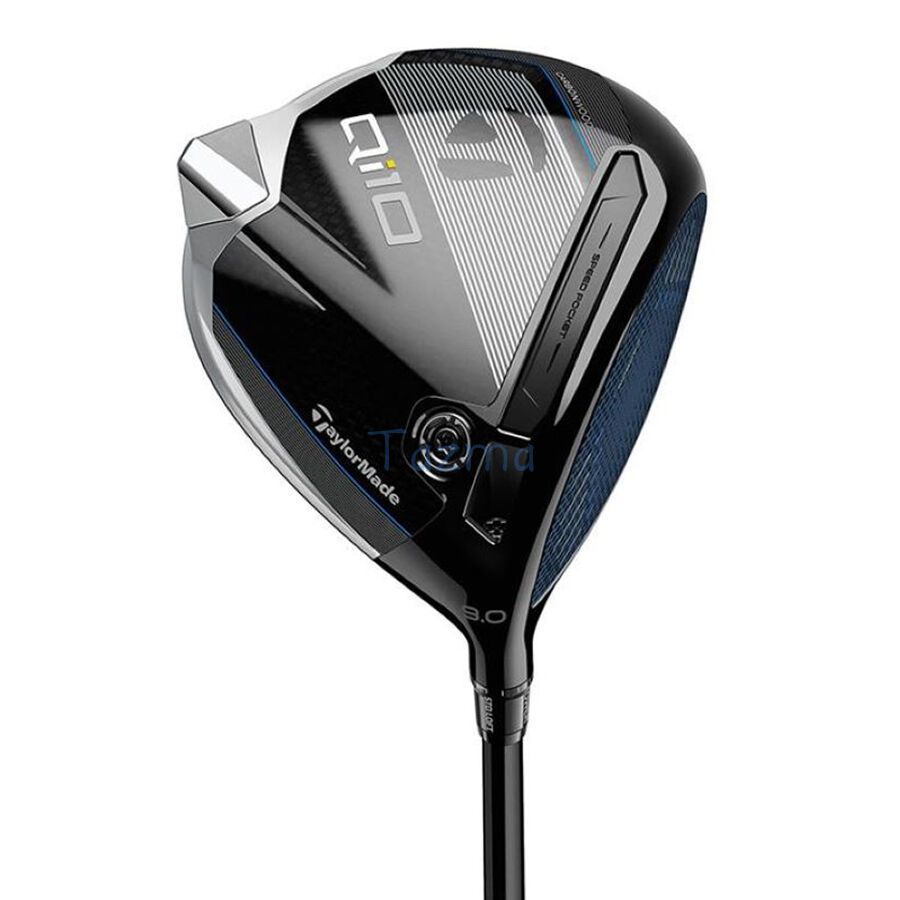 Drivers
Drivers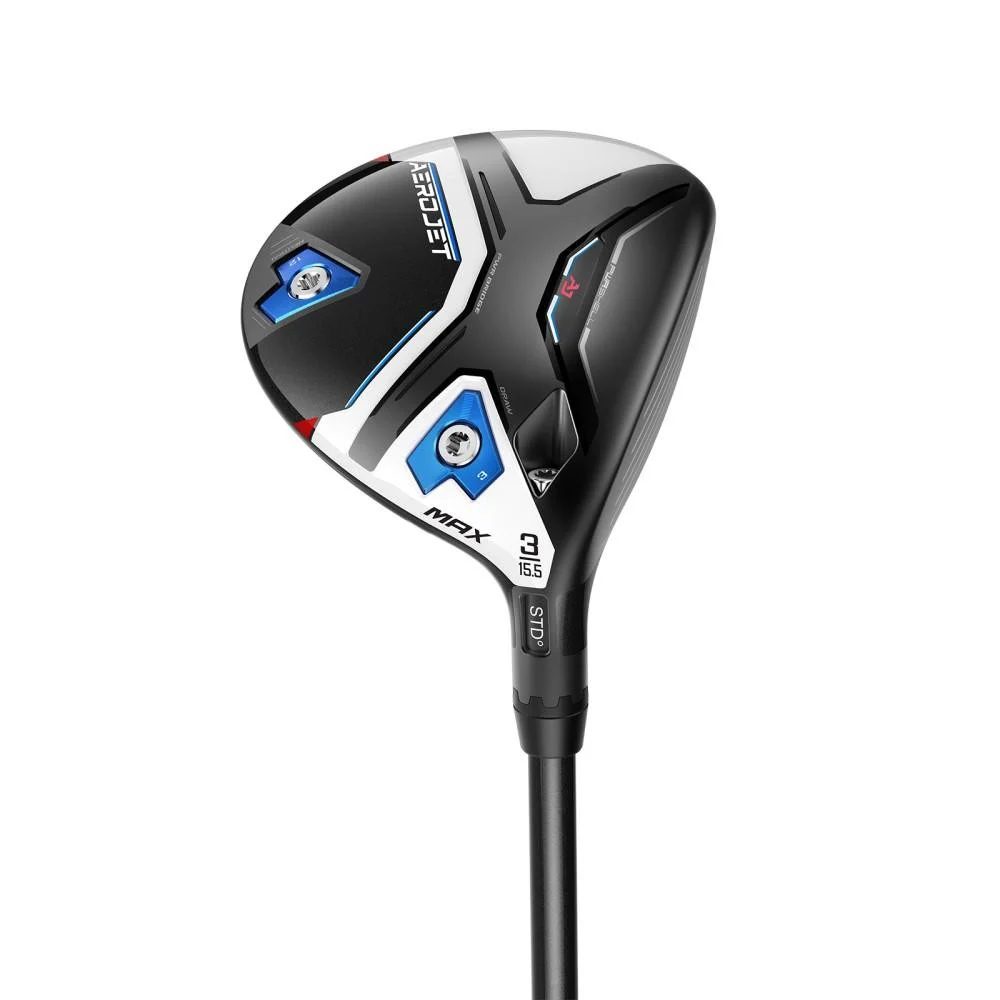 Fairway Woods
Fairway Woods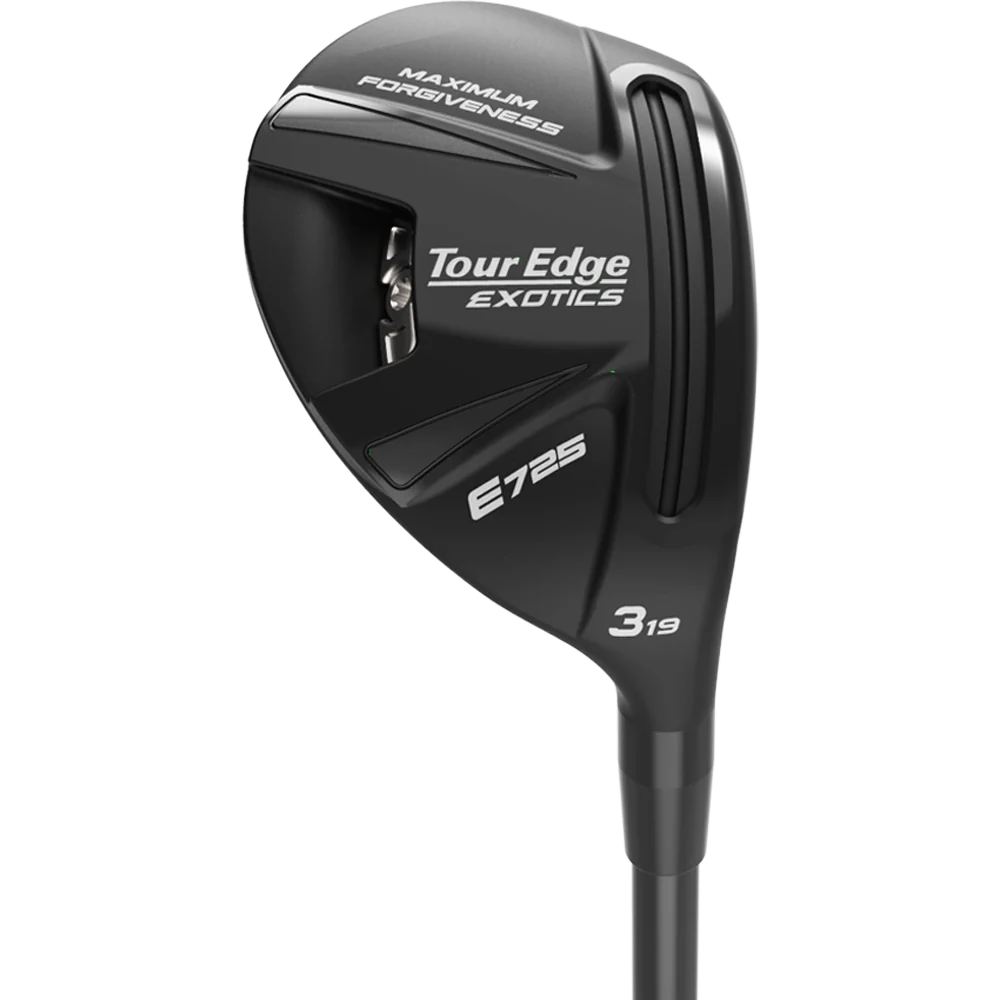 Hybrids
Hybrids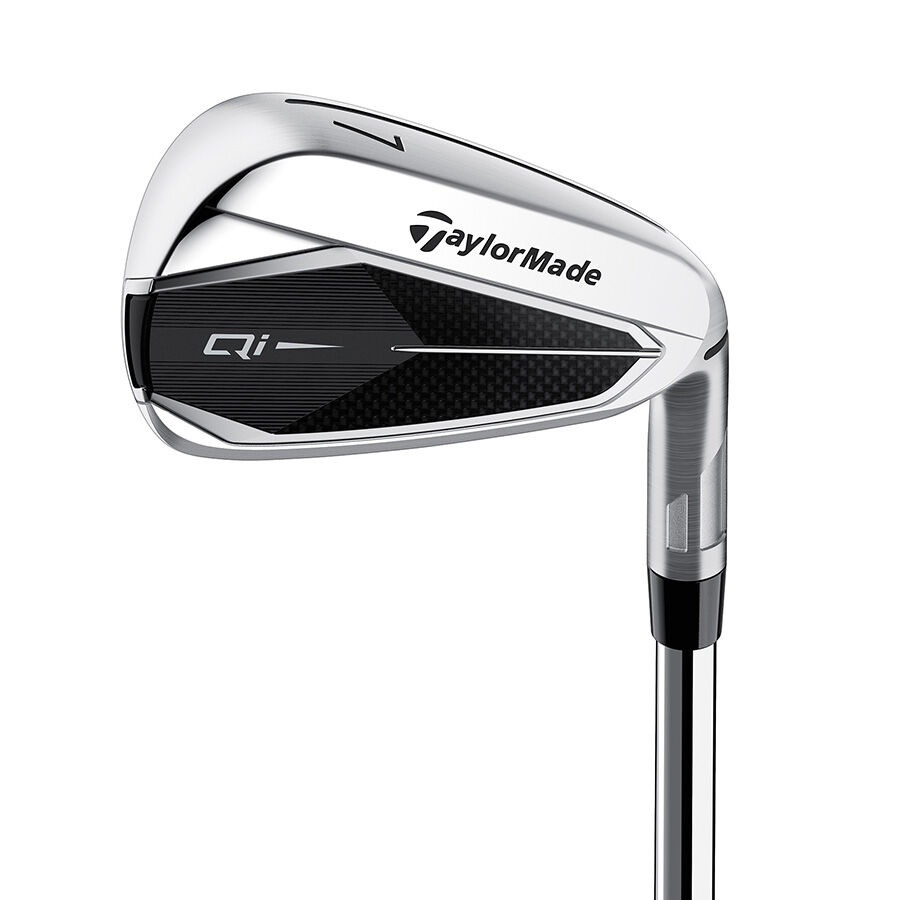 Irons set
Irons set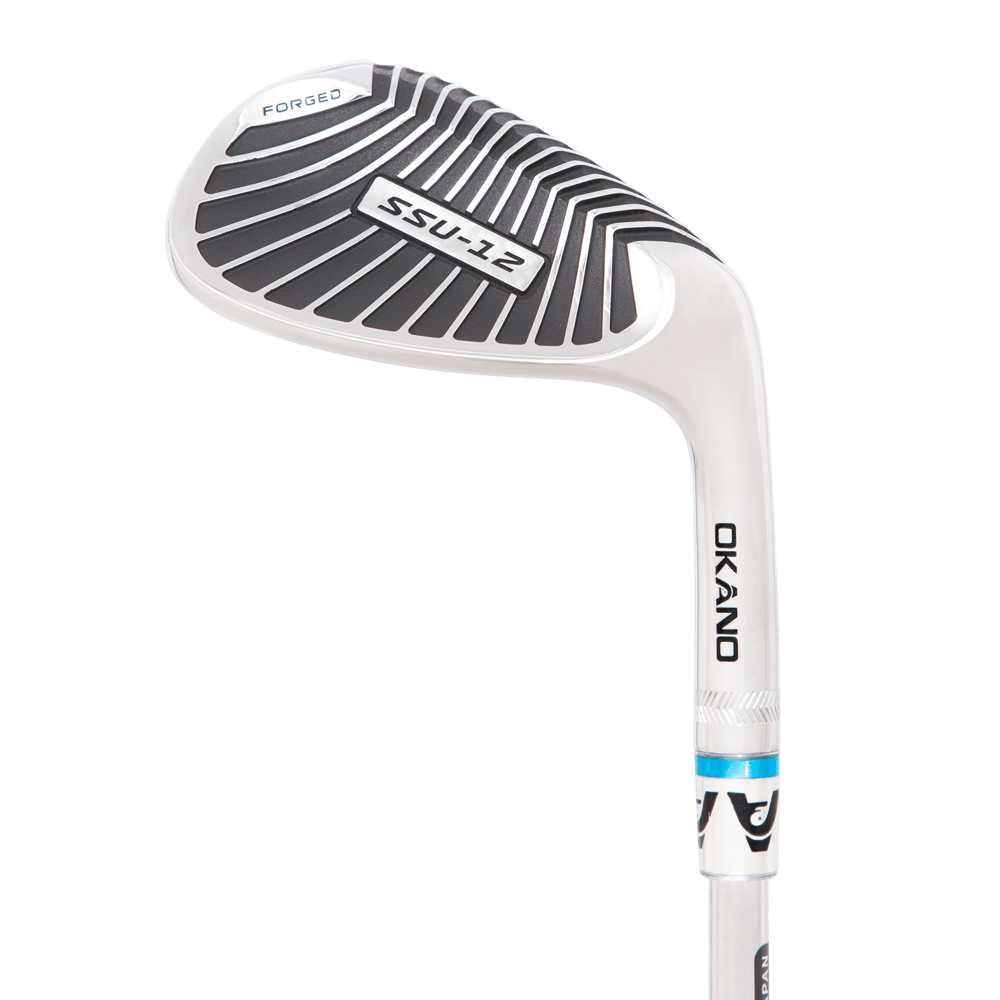 Wedges
Wedges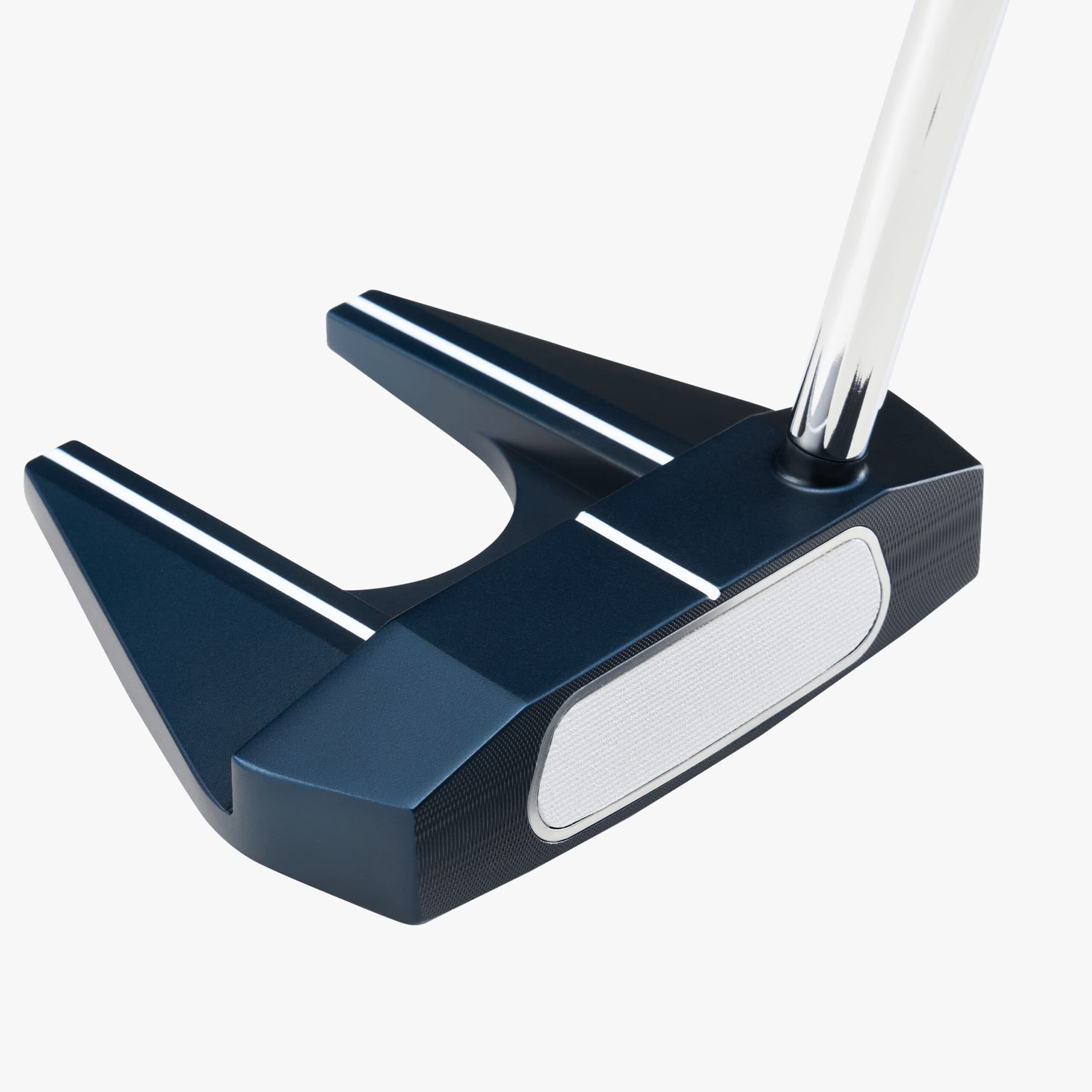 Putters
Putters Complete Sets
Complete Sets Complete Sets
Complete Sets Kids‘Clubs
Kids‘Clubs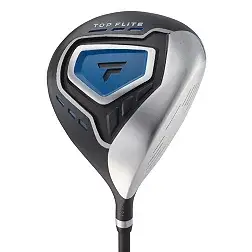 Drivers
Drivers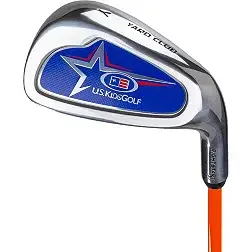 Irons
Irons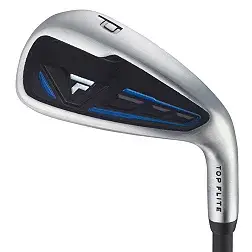 Wedges
Wedges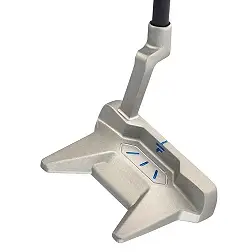 Putters
Putters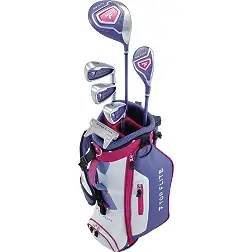 Complete Sets
Complete Sets Bags
Bags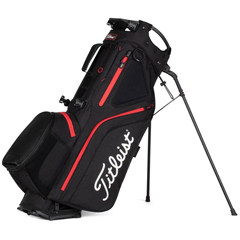 Stand Bags
Stand Bags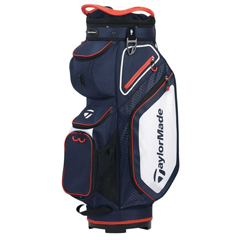 Cart Bags
Cart Bags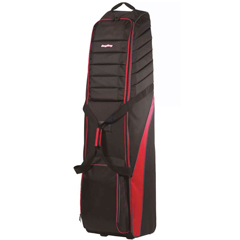 Travel Bags
Travel Bags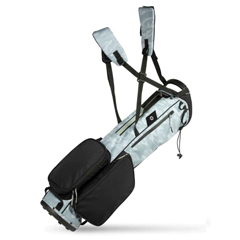 Carry Bags
Carry Bags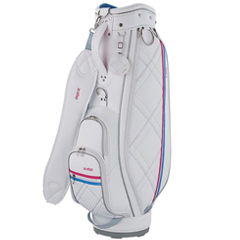 Womens Bags
Womens Bags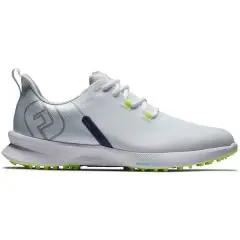 Men's Golf Shoes
Men's Golf Shoes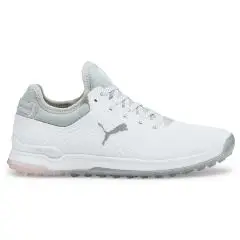 Women's Golf Shoes
Women's Golf Shoes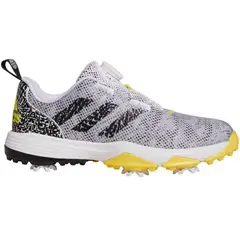 Junior Golf Shoes
Junior Golf Shoes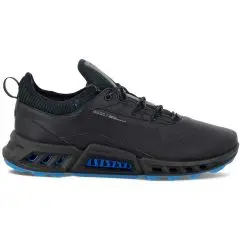 Spikeless Golf Shoes
Spikeless Golf Shoes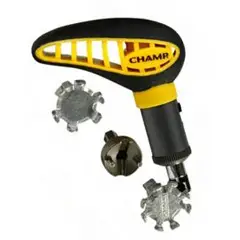 Golf Shoe Accessories
Golf Shoe Accessories Closeout Golf Shoes
Closeout Golf Shoes Apparel
Apparel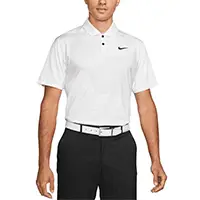 Men's Apparel
Men's Apparel Women's Apparel
Women's Apparel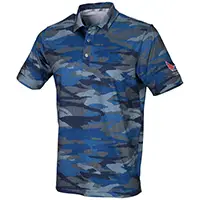 Juniors Apparel
Juniors Apparel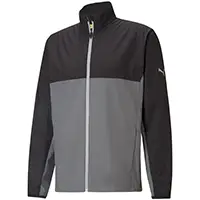 Jackets and Rain Gear
Jackets and Rain Gear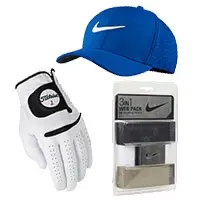 Apparel Accessories
Apparel Accessories Balls
Balls Accessories
Accessories Shafts
Shafts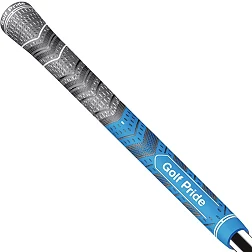 Grips
Grips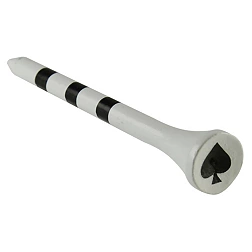 Tees
Tees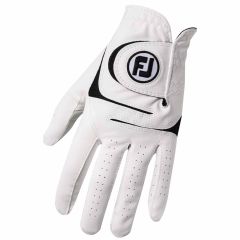 Gloves
Gloves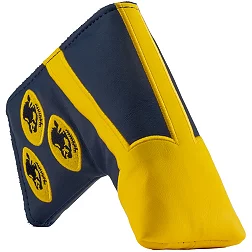 Headcovers
Headcovers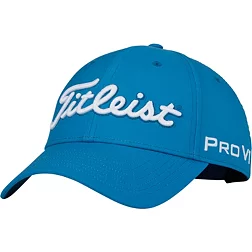 Hats & Visors
Hats & Visors